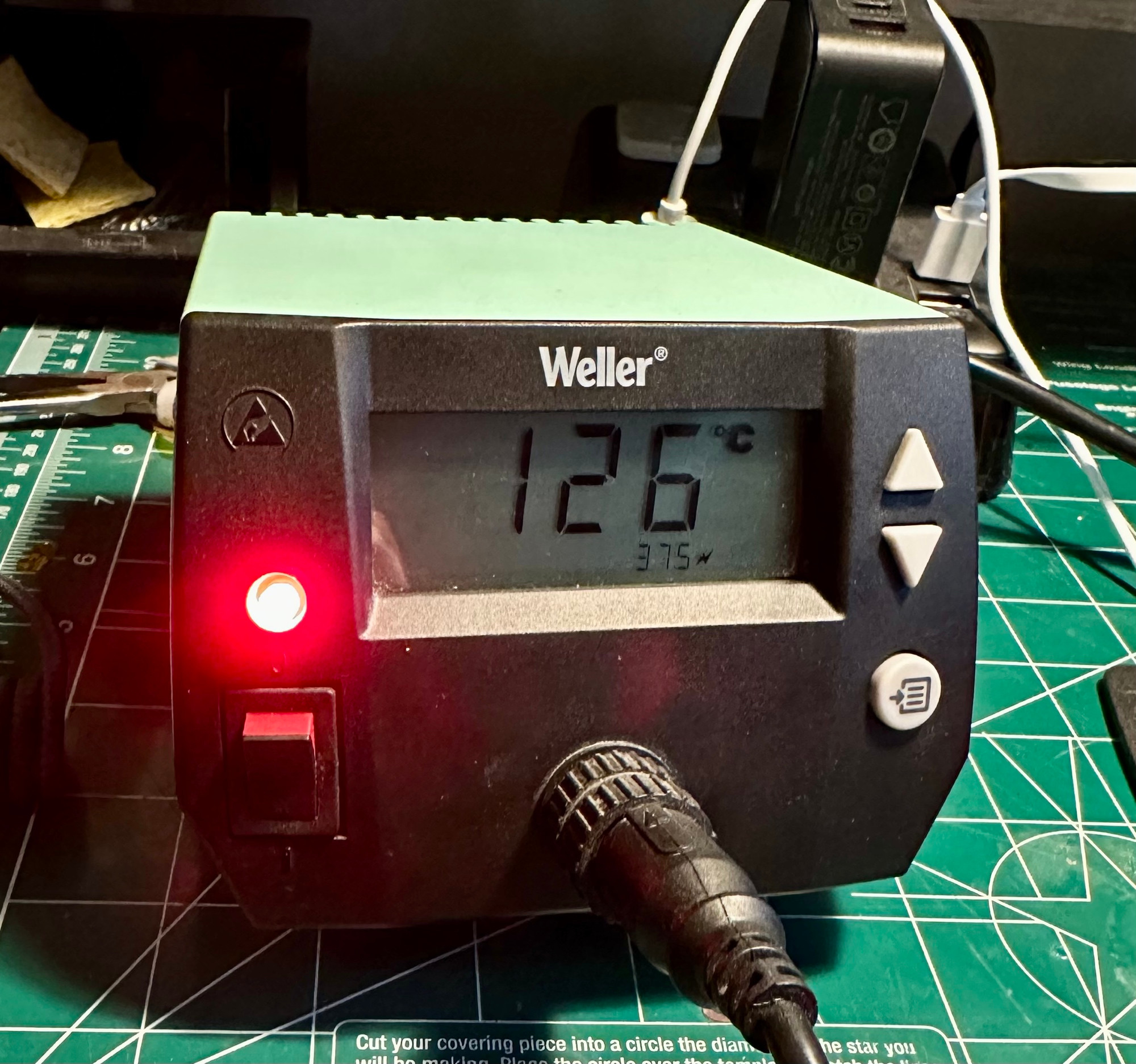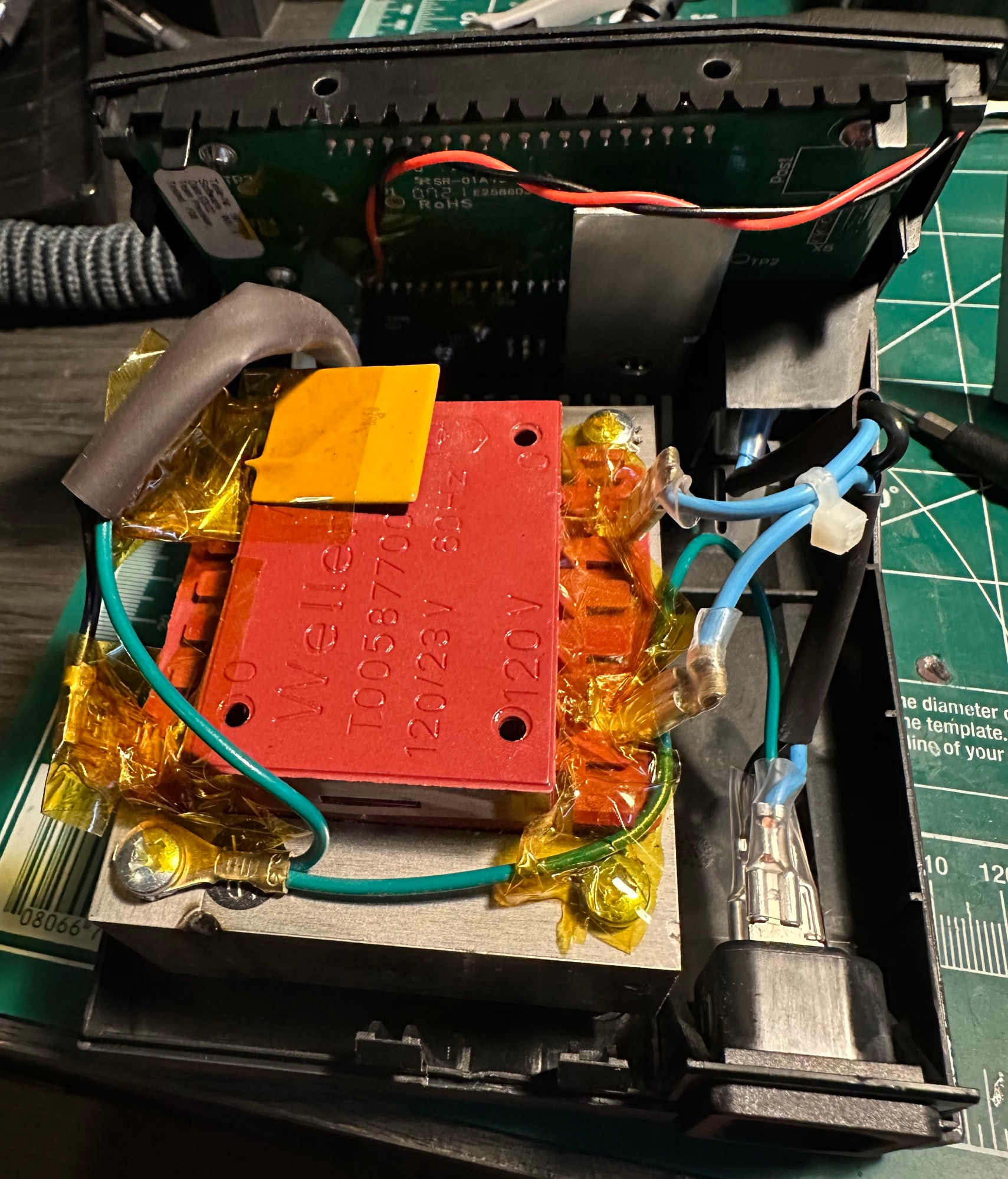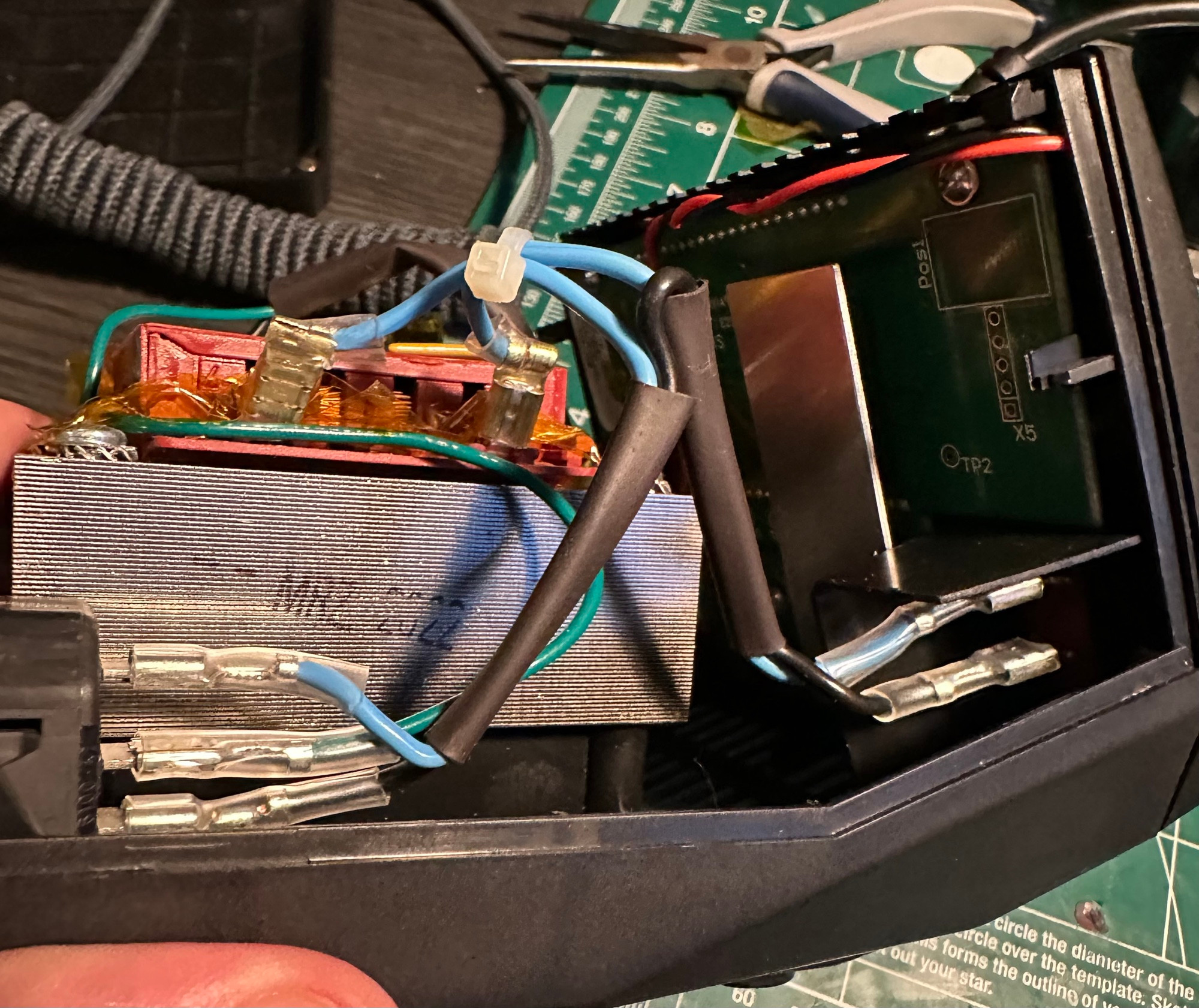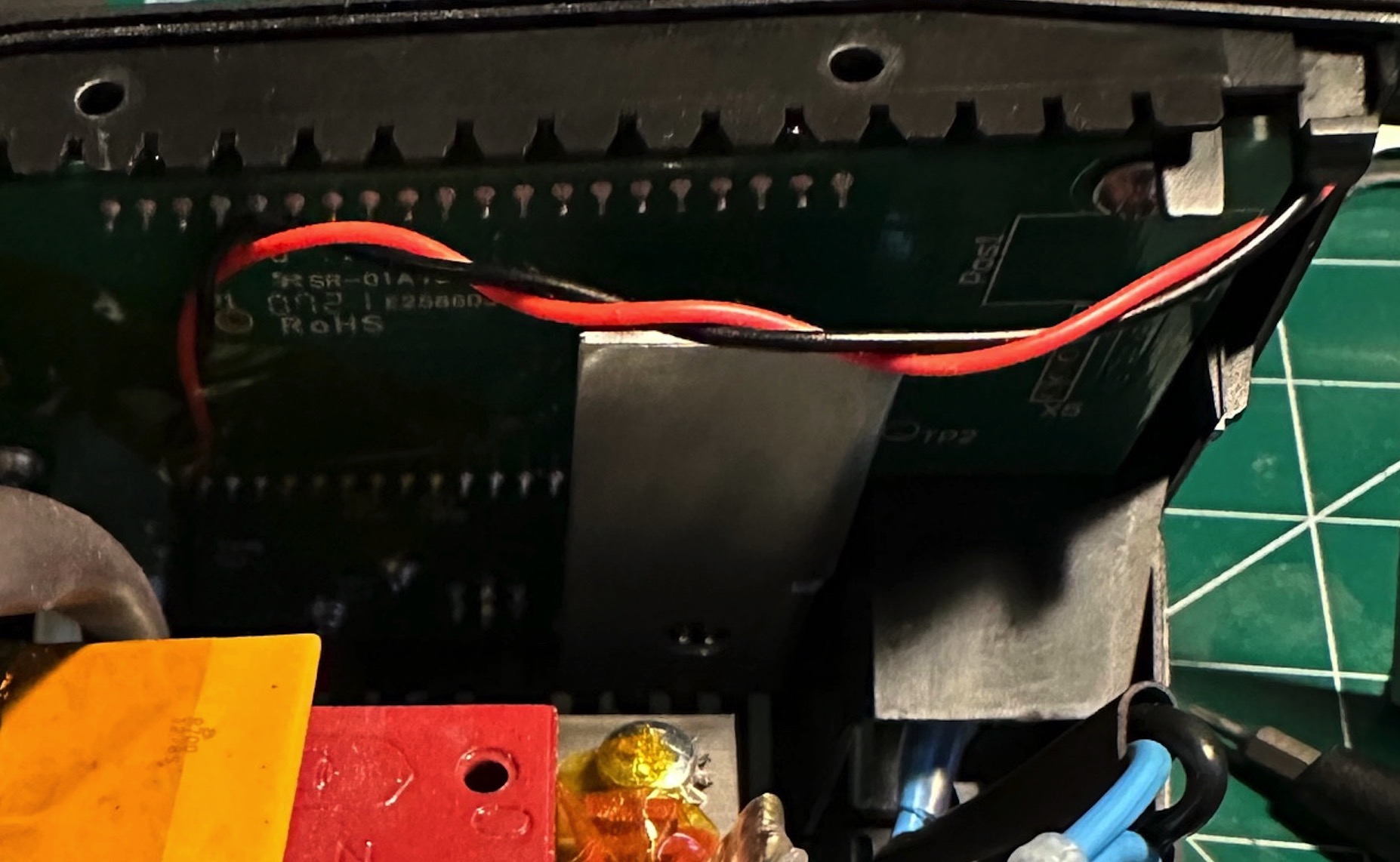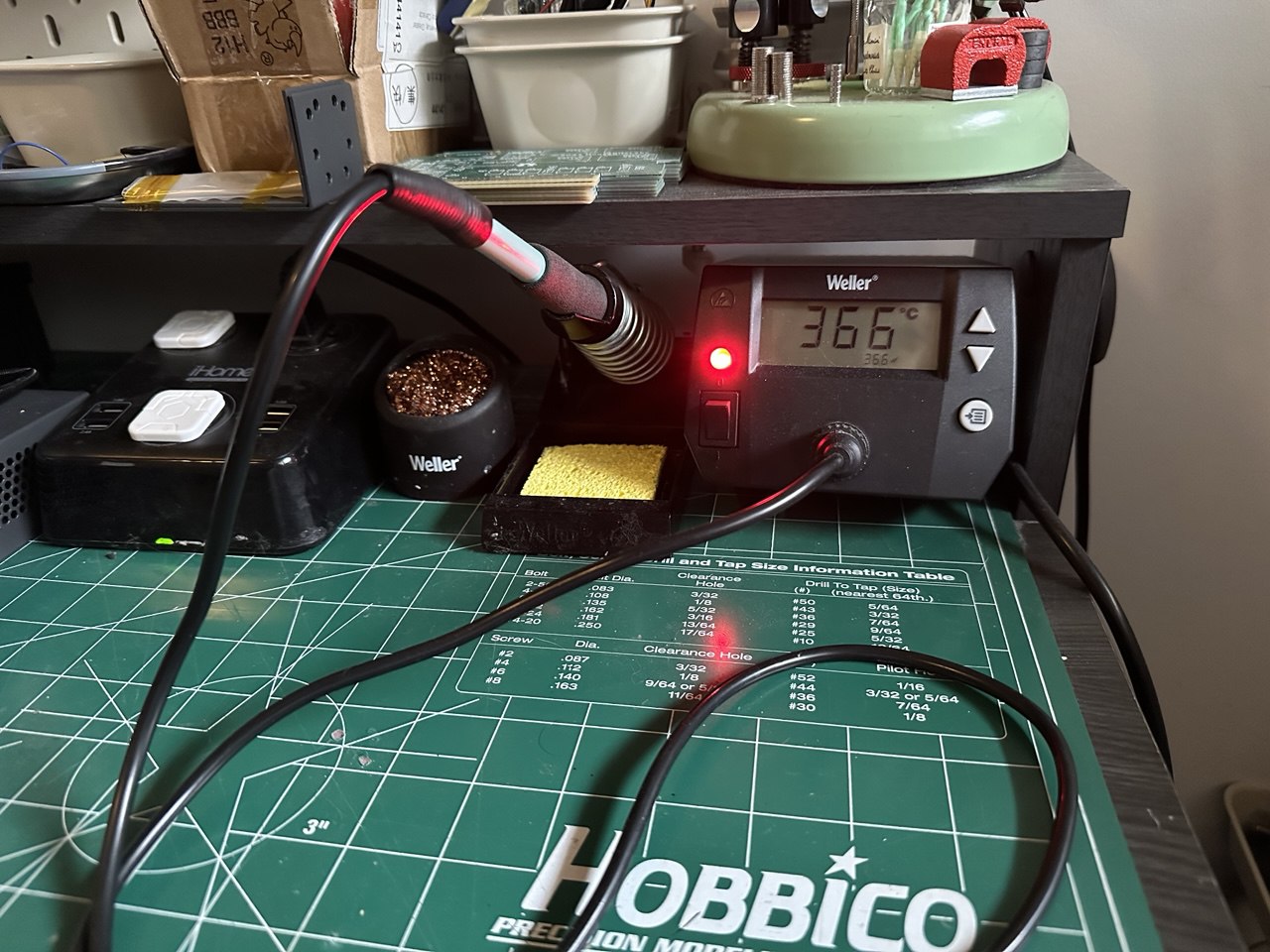I first read this email back in the early 2000s and it often comes to mind when I’m troubleshooting particularly strange issues with websites reported by customers. The story provides a fantastic example of the types of obscure issues one can encounter while troubleshooting computer systems in the real world.
From trey@sage.org Fri Nov 29 18:00:49 2002
Date: Sun, 24 Nov 2002 21:03:02 -0500 (EST)
From: Trey Harris <trey@sage.org>
To: sage-members@sage.org
Subject: The case of the 500-mile email (was RE: [SAGE] Favorite impossible task?)
Here's a problem that *sounded* impossible... I almost regret posting the story to a wide audience, because it makes a great tale over drinks at a
conference. :-) The story is slightly altered in order to protect the guilty, elide over irrelevant and boring details, and generally make the whole thing more entertaining.
I was working in a job running the campus email system some years ago when I got a call from the chairman of the statistics department.
"We're having a problem sending email out of the department."
"What's the problem?" I asked.
"We can't send mail more than 500 miles," the chairman explained.
I choked on my latte. "Come again?"
"We can't send mail farther than 500 miles from here," he repeated. "A little bit more, actually. Call it 520 miles. But no farther."
"Um... Email really doesn't work that way, generally," I said, trying to keep panic out of my voice. One doesn't display panic when speaking to a department chairman, even of a relatively impoverished department like statistics. "What makes you think you can't send mail more than 500 miles?"
"It's not what I *think*," the chairman replied testily. "You see, when we first noticed this happening, a few days ago--"
"You waited a few DAYS?" I interrupted, a tremor tinging my voice. "And you couldn't send email this whole time?"
"We could send email. Just not more than--"
"--500 miles, yes," I finished for him, "I got that. But why didn't you call earlier?"
"Well, we hadn't collected enough data to be sure of what was going on until just now." Right. This is the chairman of *statistics*. "Anyway, I asked one of the geostatisticians to look into it--"
"Geostatisticians..."
"--yes, and she's produced a map showing the radius within which we can send email to be slightly more than 500 miles. There are a number of destinations within that radius that we can't reach, either, or reach sporadically, but we can never email farther than this radius."
"I see," I said, and put my head in my hands. "When did this start? A few days ago, you said, but did anything change in your systems at that time?"
"Well, the consultant came in and patched our server and rebooted it. But I called him, and he said he didn't touch the mail system."
"Okay, let me take a look, and I'll call you back," I said, scarcely believing that I was playing along. It wasn't April Fool's Day. I tried to remember if someone owed me a practical joke.
I logged into their department's server, and sent a few test mails. This was in the Research Triangle of North Carolina, and a test mail to my own account was delivered without a hitch. Ditto for one sent to Richmond, and Atlanta, and Washington. Another to Princeton (400 miles) worked.
But then I tried to send an email to Memphis (600 miles). It failed. Boston, failed. Detroit, failed. I got out my address book and started trying to narrow this down. New York (420 miles) worked, but Providence (580 miles) failed.
I was beginning to wonder if I had lost my sanity. I tried emailing a friend who lived in North Carolina, but whose ISP was in Seattle. Thankfully, it failed. If the problem had had to do with the geography of
the human recipient and not his mail server, I think I would have broken down in tears.
Having established that--unbelievably--the problem as reported was true, and repeatable, I took a look at the sendmail.cf file. It looked fairly normal. In fact, it looked familiar.
I diffed it against the sendmail.cf in my home directory. It hadn't been altered--it was a sendmail.cf I had written. And I was fairly certain I
hadn't enabled the "FAIL_MAIL_OVER_500_MILES" option. At a loss, I telnetted into the SMTP port. The server happily responded with a SunOS sendmail banner.
Wait a minute... a SunOS sendmail banner? At the time, Sun was still shipping Sendmail 5 with its operating system, even though Sendmail 8 was
fairly mature. Being a good system administrator, I had standardized on Sendmail 8. And also being a good system administrator, I had written a sendmail.cf that used the nice long self-documenting option and variable names available in Sendmail 8 rather than the cryptic punctuation-mark codes that had been used in Sendmail 5.
The pieces fell into place, all at once, and I again choked on the dregs of my now-cold latte. When the consultant had "patched the server," he had apparently upgraded the version of SunOS, and in so doing
*downgraded* Sendmail. The upgrade helpfully left the sendmail.cf alone, even though it was now the wrong version.
It so happens that Sendmail 5--at least, the version that Sun shipped, which had some tweaks--could deal with the Sendmail 8 sendmail.cf, as most of the rules had at that point remained unaltered. But the new long configuration options--those it saw as junk, and skipped. And the sendmail binary had no defaults compiled in for most of these, so, finding no suitable settings in the sendmail.cf file, they were set to zero.
One of the settings that was set to zero was the timeout to connect to the remote SMTP server. Some experimentation established that on this particular machine with its typical load, a zero timeout would abort a connect call in slightly over three milliseconds.
An odd feature of our campus network at the time was that it was 100% switched. An outgoing packet wouldn't incur a router delay until hitting the POP and reaching a router on the far side. So time to connect to a lightly-loaded remote host on a nearby network would actually largely be governed by the speed of light distance to the destination rather than by incidental router delays.
Feeling slightly giddy, I typed into my shell:
$ units
1311 units, 63 prefixes
You have: 3 millilightseconds
You want: miles
* 558.84719
/ 0.0017893979
"500 miles, or a little bit more."
Trey Harris
--
I'm looking for work. If you need a SAGE Level IV with 10 years Perl, tool development, training, and architecture experience, please email me at trey@sage.org. I'm willing to relocate for the right opportunity.
Original source: https://www.ibiblio.org/harris/500milemail.html

